246794
Pentaerythritol tetraacrylate, Pentaerythritol triacrylate, and Trimethylolpropane triacrylate mixture
Sinônimo(s):
PTA/TMPTA mixture, Pentaerythritol acrylates mixture
About This Item
Produtos recomendados
contém
300-400 ppm monomethyl ether hydroquinone as inhibitor
Nível de qualidade
índice de refração
n20/D 1.483
densidade
1.18 g/mL at 25 °C
cadeia de caracteres SMILES
O=C(C=C)OCC(COC(C=C)=O)(COC(C=C)=O)COC(C=C)=O.OCC(COC(C=C)=O)(COC(C=C)=O)COC(C=C)=O.CCC(COC(C=C)=O)(COC(C=C)=O)COC(C=C)=O
Descrição geral
Aplicação
- As a cross-linking agent to synthesize biodegradable poly (1,3-trimethylene carbonate) (PTMC) networks with improved creep resistance and thermal stability. PMTC networks find application in the field of soft tissue engineering.
- As a monomer precursor to prepare light-curing dental composites via photopolymerization.
- To fabricate polymer-dispersed liquid crystal(PDLC) films with low driving voltage, moderately high contrast ratio, and fast response time. These PDLC films are utilized in optoelectronic devices such as OLEDs, FET, and solar cells.
- As a monomer mixture to prepare 3D bioprinting resins viaphotopolymerization.
Palavra indicadora
Warning
Frases de perigo
Declarações de precaução
Classificações de perigo
Aquatic Acute 1 - Aquatic Chronic 1 - Carc. 2 - Eye Irrit. 2 - Skin Irrit. 2 - Skin Sens. 1
Código de classe de armazenamento
10 - Combustible liquids
Classe de risco de água (WGK)
WGK 2
Ponto de fulgor (°F)
230.0 °F - closed cup
Ponto de fulgor (°C)
110 °C - closed cup
Equipamento de proteção individual
Eyeshields, Faceshields, Gloves, type ABEK (EN14387) respirator filter
Escolha uma das versões mais recentes:
Já possui este produto?
Encontre a documentação dos produtos que você adquiriu recentemente na biblioteca de documentos.
Os clientes também visualizaram
Nossa equipe de cientistas tem experiência em todas as áreas de pesquisa, incluindo Life Sciences, ciência de materiais, síntese química, cromatografia, química analítica e muitas outras.
Entre em contato com a assistência técnica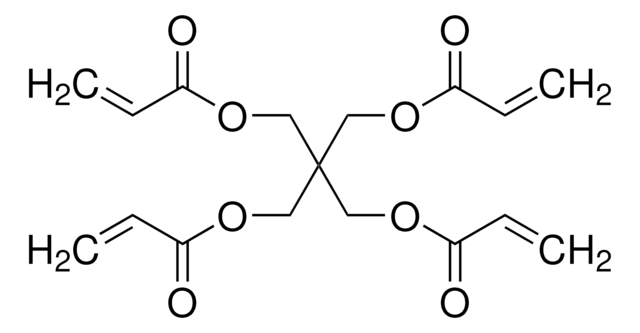
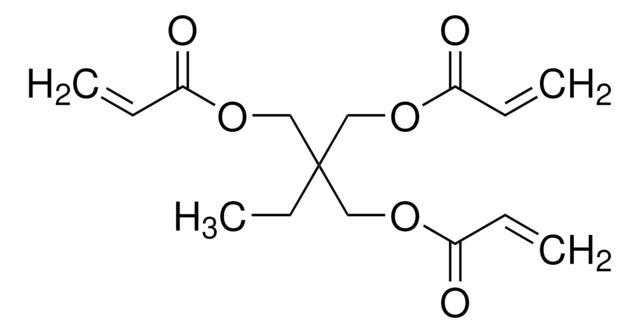
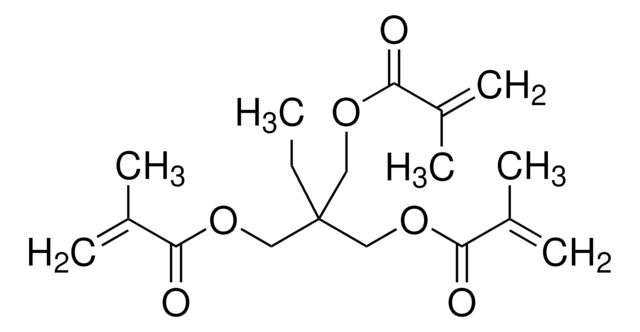
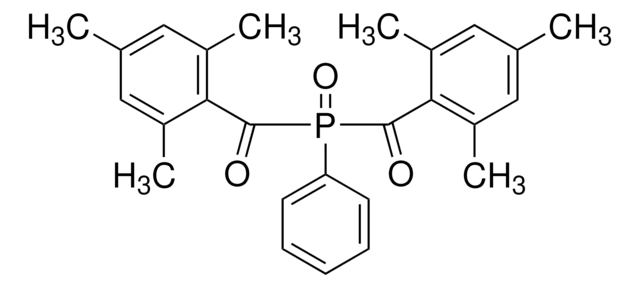

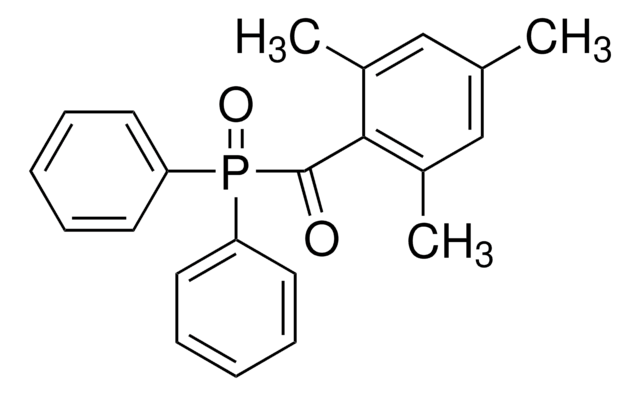
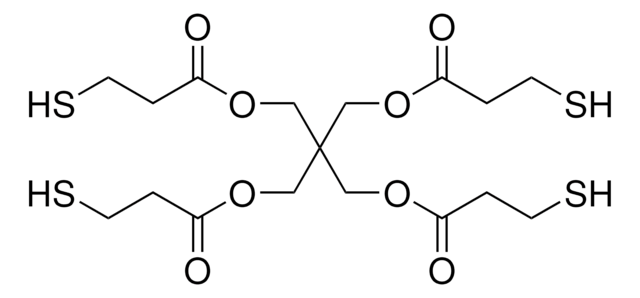


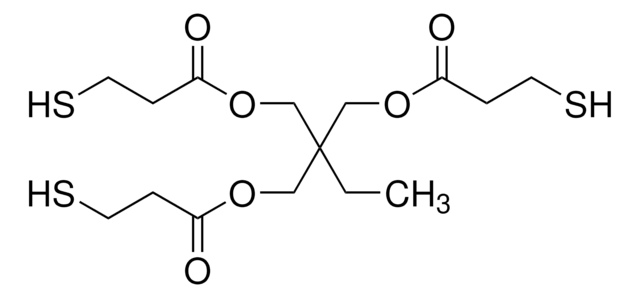



![Tris[2-(acryloyloxy)ethyl] isocyanurate](/deepweb/assets/sigmaaldrich/product/structures/254/494/1a620abc-8043-457f-92ec-87a959682438/640/1a620abc-8043-457f-92ec-87a959682438.png)
